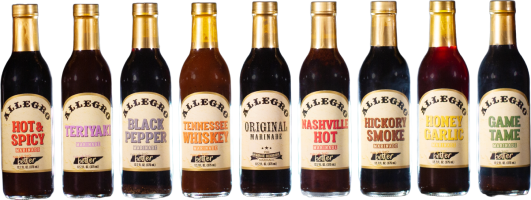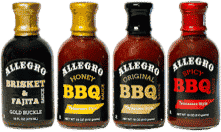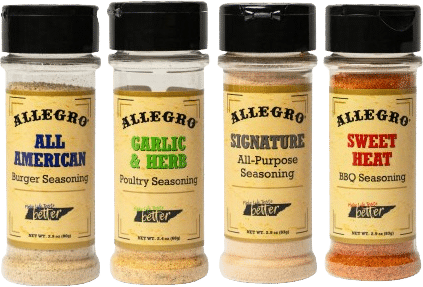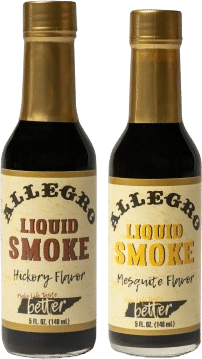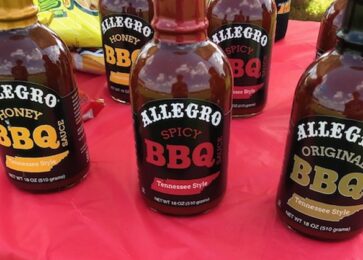Charcoal or Gas: Choosing the Right Grill for Your Lifestyle

The Hearth Patio and Barbecue Association (HPBA) estimates that 72% of US households have a grill and more than 200 million people can enjoy outdoor cooking. It’s no surprise that the two most commonly purchased and used grill types are gas and charcoal. Allegro walks you through the differences and pros and cons of each type so you can make the best choice for your lifestyle!
Gas Grills
There are four different types of gas grills to choose from: Natural gas, propane, infrared, and flat top. Propane grills are a convenient choice, as they are more portable because propane is stored in tanks whereas natural gas grills will have to be hooked up to your home’s natural gas line. On the other hand, propane tanks will have to be returned and refilled on occasion depending on how often you use them while natural gas has a constant supply of fuel through the direct gas line. Infrared grills can be fueled by either gas type and use infrared technology to quickly and evenly disperse heat on the grilling surface, while also preventing the flame from ever touching the grates. This is helpful to the griller, as it prevents flare ups and creates evenly cooked meats. Flat top grills are easily distinguished from other types by their flat, griddle type surface. This griddle prevents meats from losing their drippings during the cooking processes, leaving them more moist and tender; however, this also leaves meats lacking the nice, rich smokey flavor that grills with grates can provide.
All gas grills operate fairly similarly: firing with at least three burners and providing around 40,000 BTUs of heat either directly or indirectly. Gas grills are convenient, heat up and cool down quickly, require minimal prep and clean up, and are less expensive to fuel than charcoal grills. Because of this, gas grills are perfect for the beginning griller. Gas grills also provide lots of accessory options to maximize the versatility of your grilling experience, such as lights, food thermometers, and side burners. On the downside, gas grills don’t provide as flavorful foods as other grill types since they burn very cleanly.
Charcoal Grills
Another favorite of grillers is the charcoal grill due to its ease of use and the rich, smoky flavor that it gives food. There are two main types of charcoal grill: traditional and kettle. Traditional charcoal grills are typically made of cast iron, have a barrel shape, and have adjustable charcoal pans so the griller can manage the fire to their preferences. Kettle charcoal grills are smaller in size, shaped like a kettle, and typically made from a lightweight metal. Because of this, kettle charcoal grills are much more portable, and can be great for camping or tailgating.
Regardless of which type you choose, all charcoal grills have a few basic things in common. There are adjustable air vents located at the bottom and top of the grill, with the intake at the bottom of the grill and exiting through the top of the grill. The grill will get hotter based on how much air is allowed to circulate through it. The benefit of adjustable air flow is that it provides fairly consistent cooking temperatures which makes charcoal grilling ideal for cooking tougher cuts of meat over a long cooking time as long as there is enough fuel. However, charcoal grills require more prep work than gas grills, more expertise with fire management, and more clean up time as charcoal ashes can be messy. It can also be difficult to cook with charcoal during cold and/or windy weather conditions. Although charcoal grills themselves can be cheaper than gas grills, they are also more expensive to fuel. So charcoal grills will be a cheaper option on the front end, but be more expensive to use and maintain over time.
